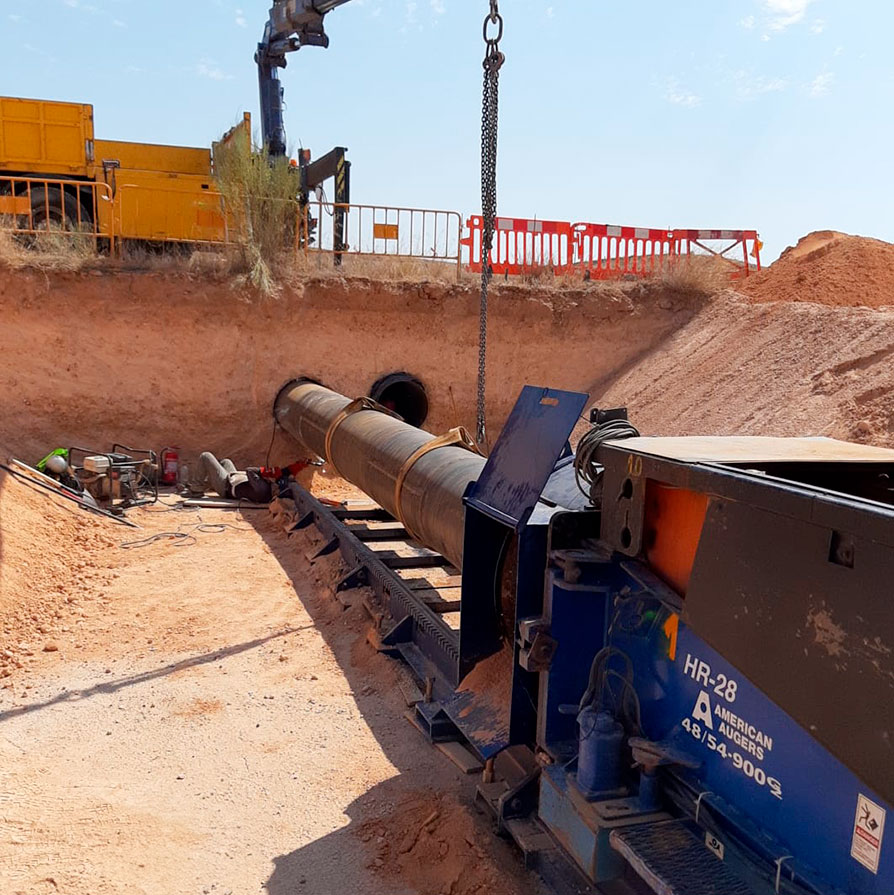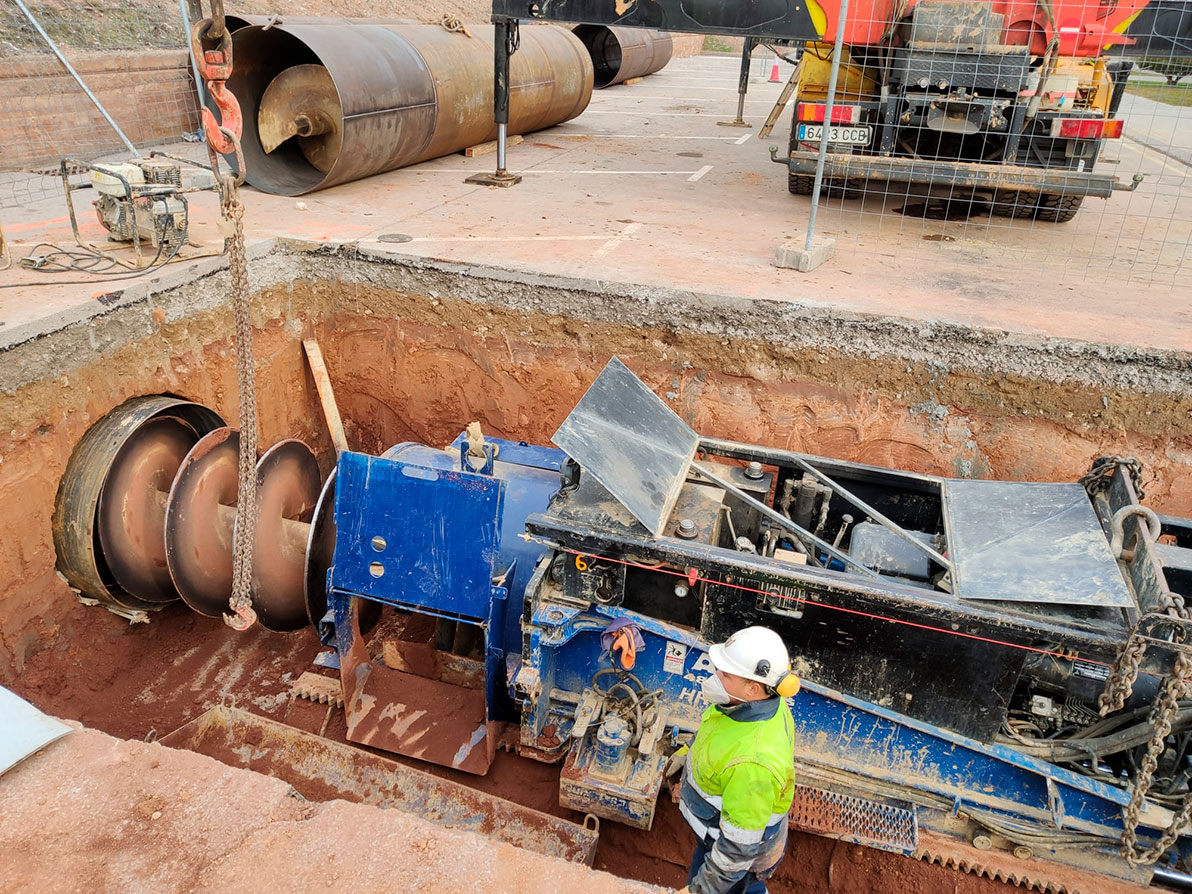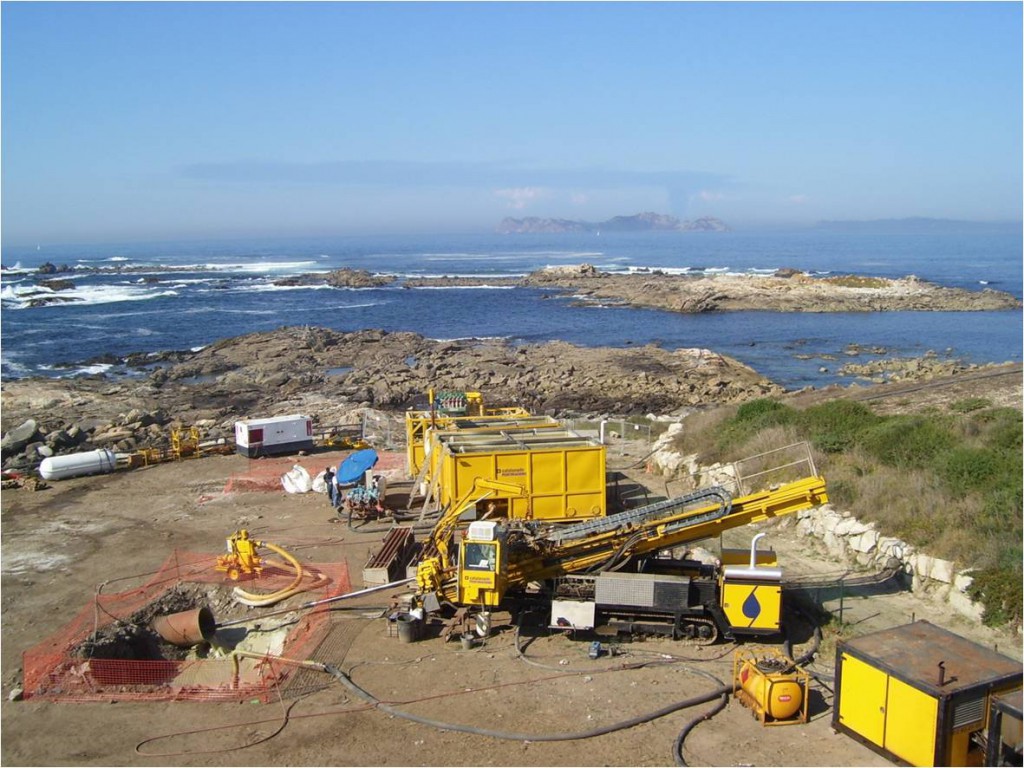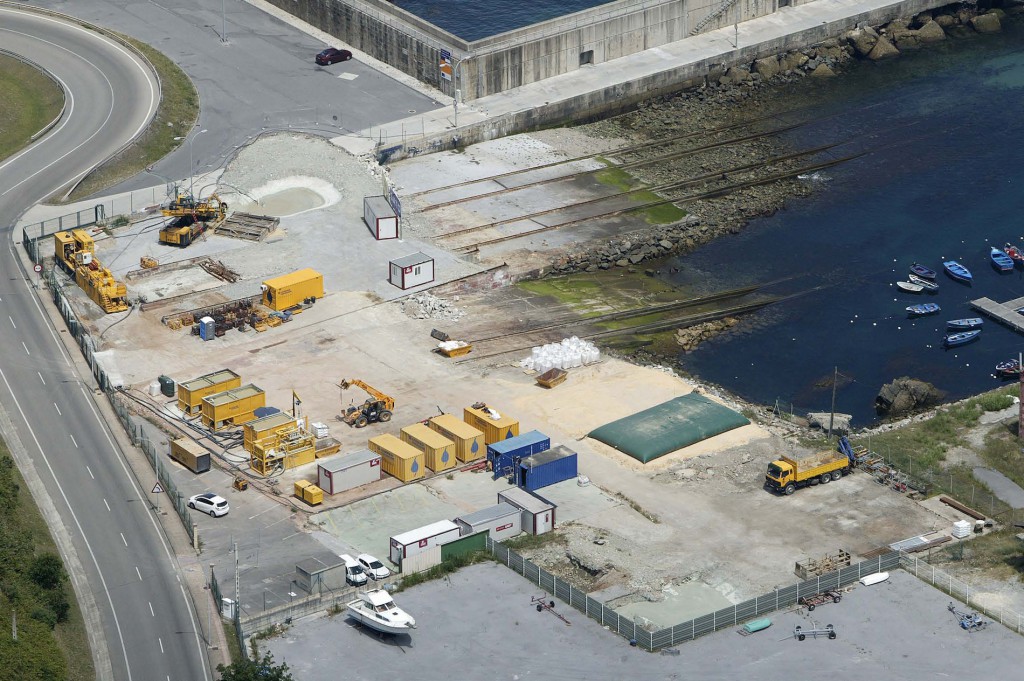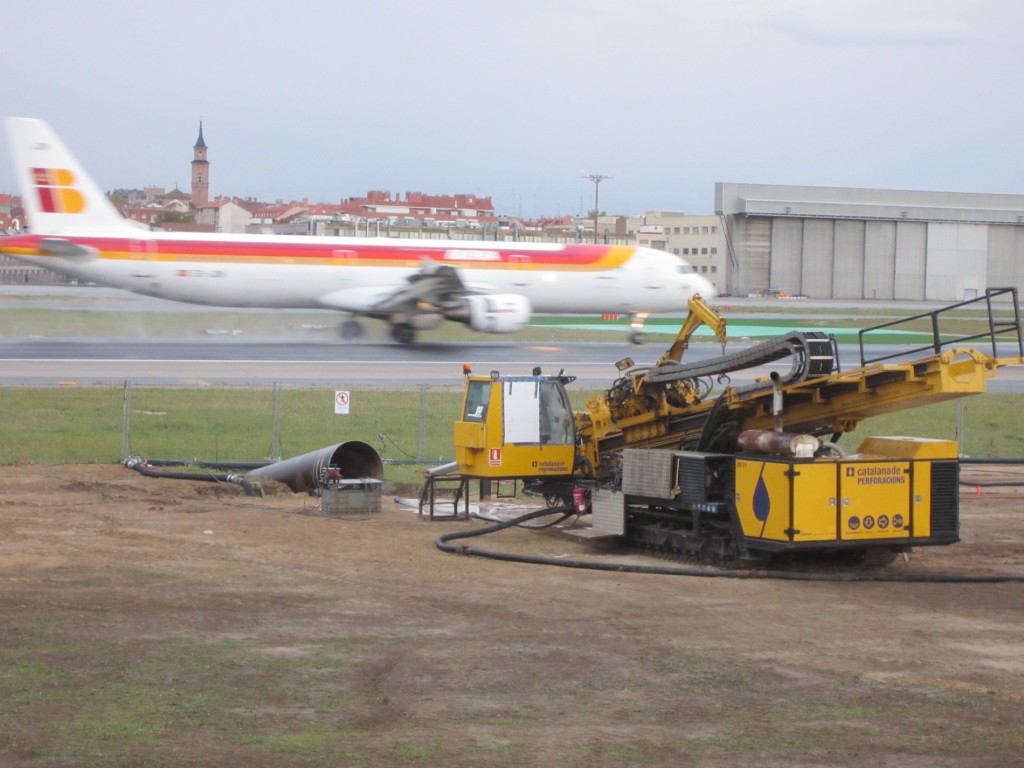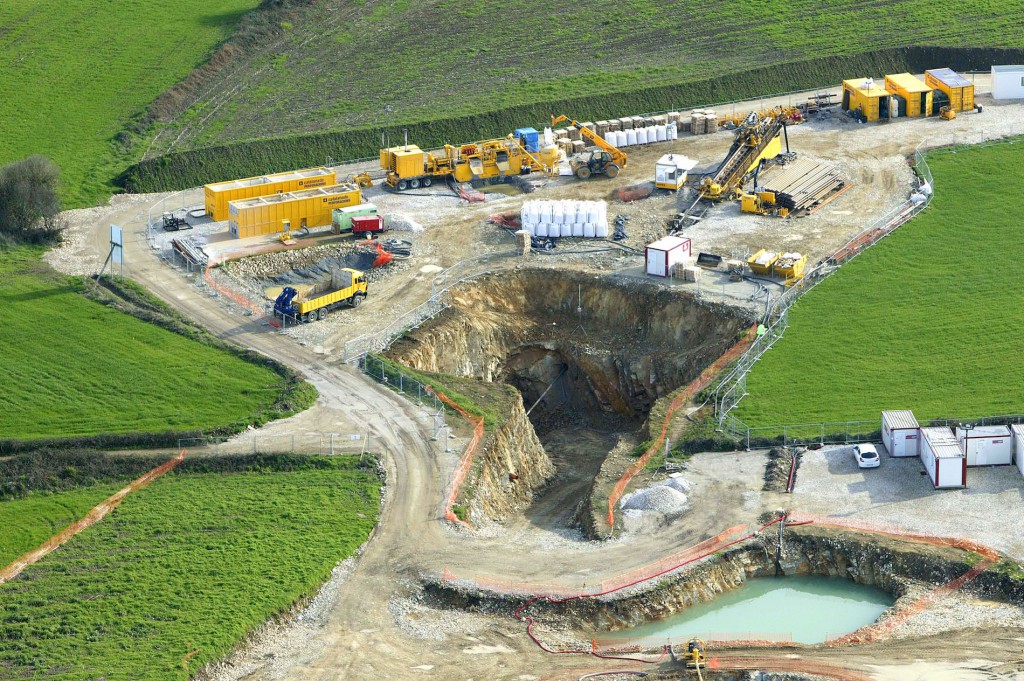
HORIZONTAL
AUGER BORING
Rotary drilling system
Rotary drilling system: an economical, environmentally friendly and versatile system
What drilling technique is involved in rotary drilling?
The rotary drilling system is an alternative to the conventional trenching system. This drilling method is common for drilling in low and medium hard ground.
The rotary drilling system combines thrust by hydraulic pistons and a rotating head that relays the effort to helical propellers (worm screw), which makes it possible to excavate and extract the earth through the working shaft and, at the same time, installing the steel pipe.
However, the rotary ram drilling system is not intended for drilling in rocky terrain.
Special site requirements for machinery
For the installation of the rotary piling machine, a shaft must be excavated with a base slab and a reinforced concrete bearing wall in which the machine will be installed.
This bearing wall will be used to support the machine and drive the pipe. The approximate dimensions of the working shaft are approximately 12 m long and 4 m wide, although this can be modified depending on the space available.
Drilling characteristics
The rotary ramming technique allows the installation of steel pipes of:

LENGTH:
– Minimum lengths: 10-12m
– Maximum lengths: 100m (to be consulted according to the diameter of the pipe to be installed)

DIAMETER:
– Minimum diameter: 400mm
– Maximum diameter: 1.200mm
– If a larger diameter is required, please consult: Horizontal Auger Boring

PRECISION:
Will depend on the ground to be drilled and the length of pipe to be installed. Slopes of up to 1% are possible.
Uses
- Road crossing
- Railway track crossings
- Crossings to intercept existing galleries or wells
- Installation of different types of services: electricity, fibre optics, river and sewage collectives, drinking water…
Avantatges of the rotary drilling system
MINIMAL SOCIAL IMPACT
As there is no impact on the surface, day-to-day life continues as usual.
ECOLOGICAL AND VERSATILE
It facilitates the recovery of the affected soil, reducing the risk of collapse due to the minimal over-excavation during the works and minimises the impact on the surrounding flora and fauna.
MAXIMUM SAFETY
Both for staff working on the site and external personnel.
